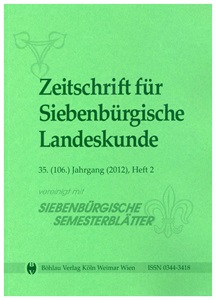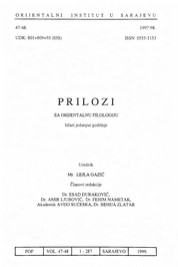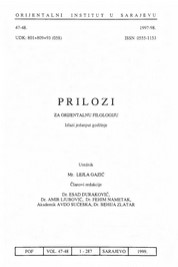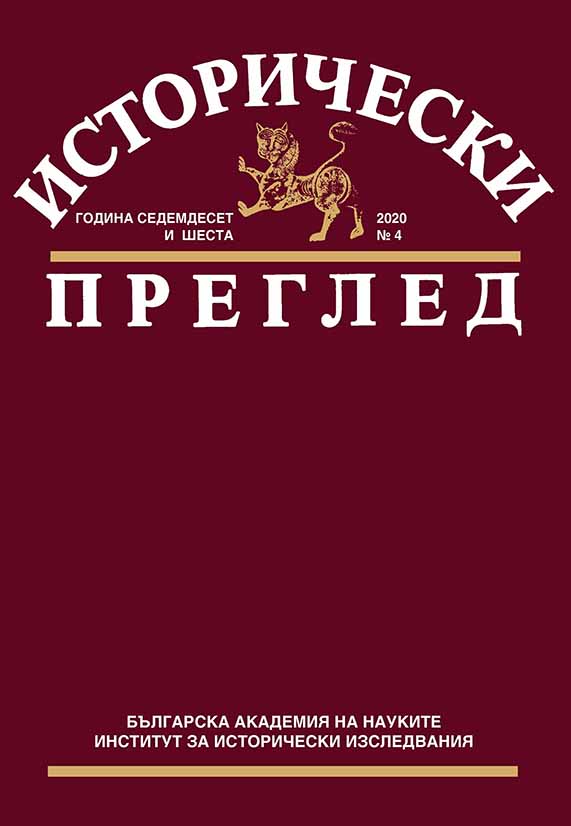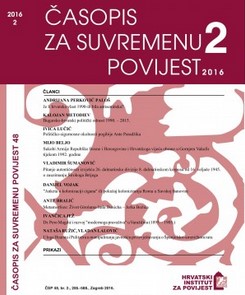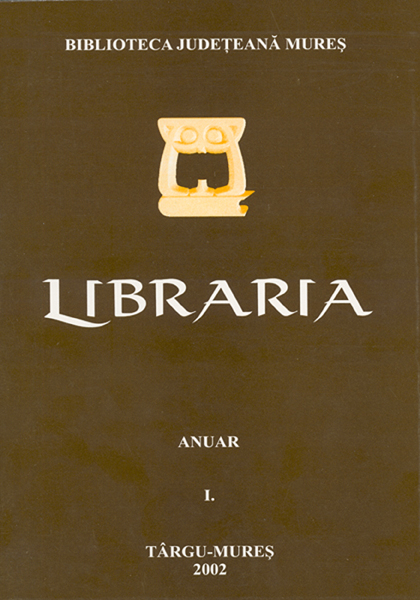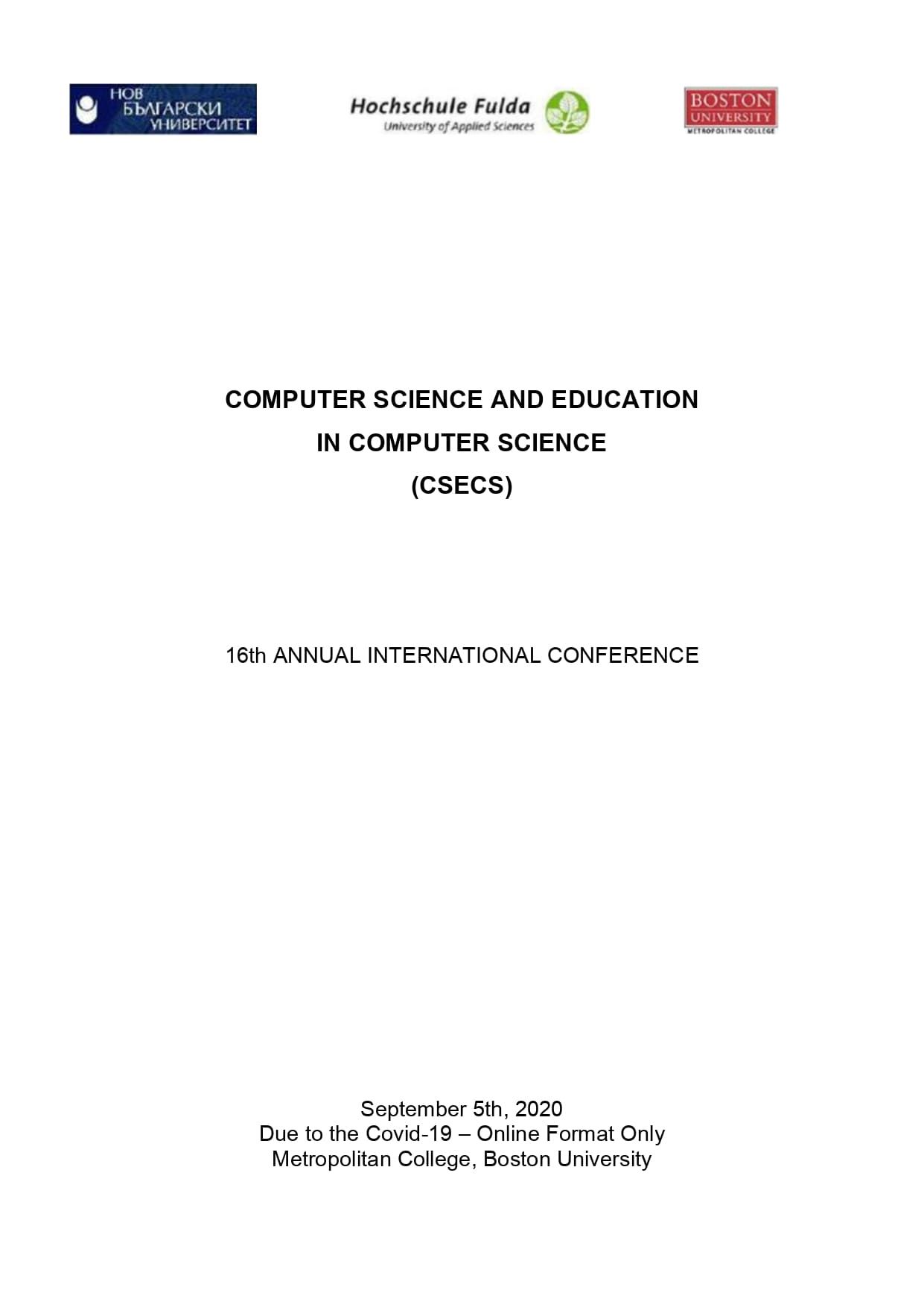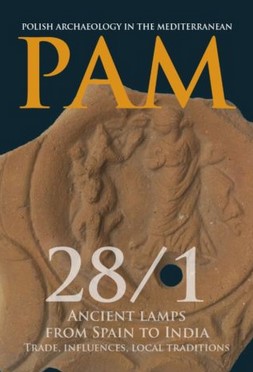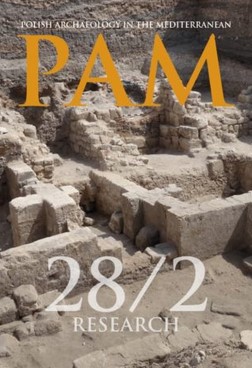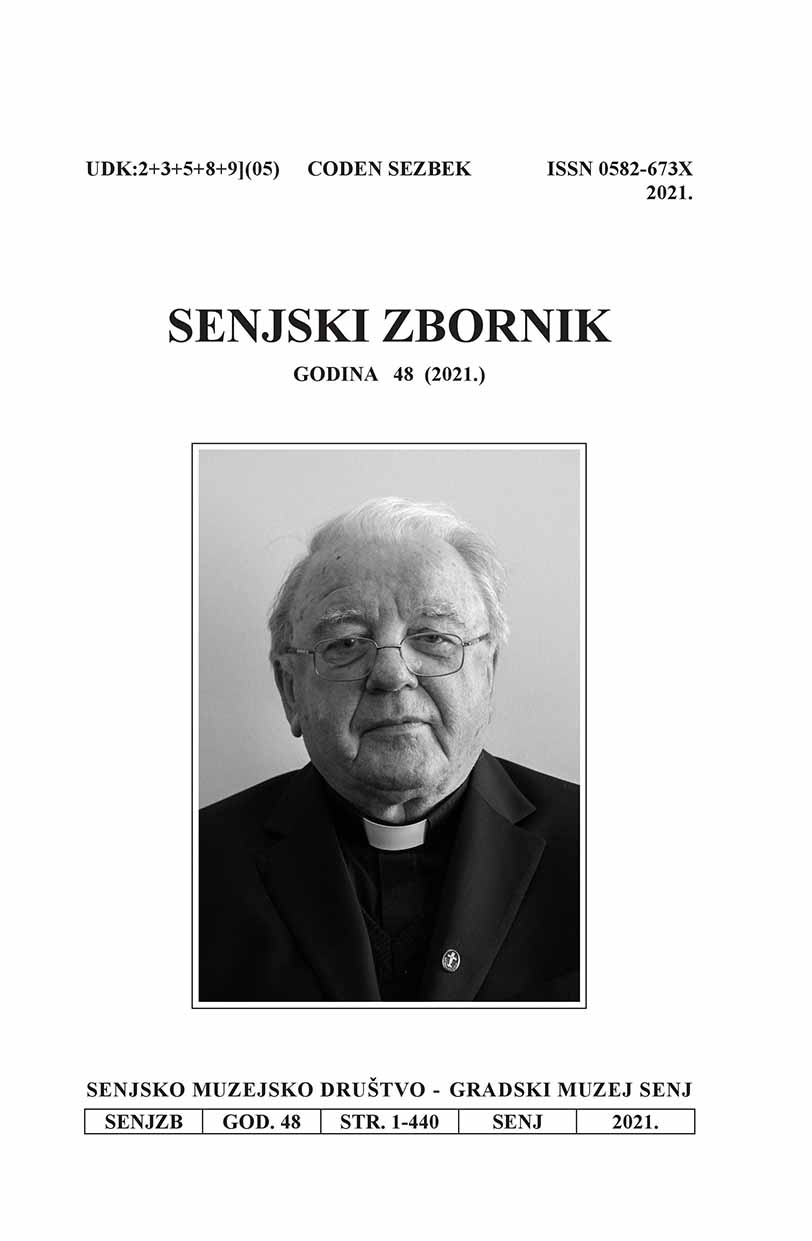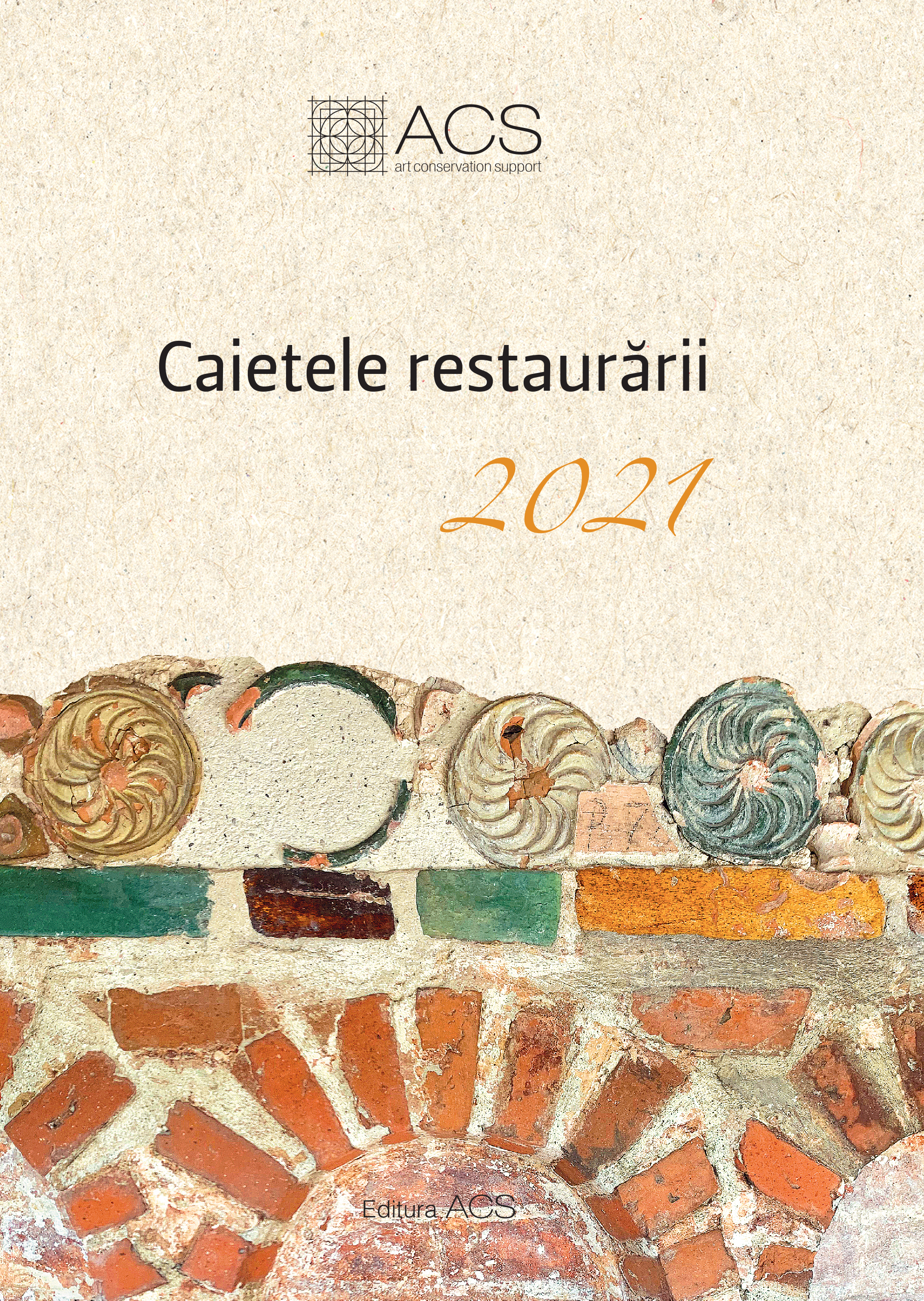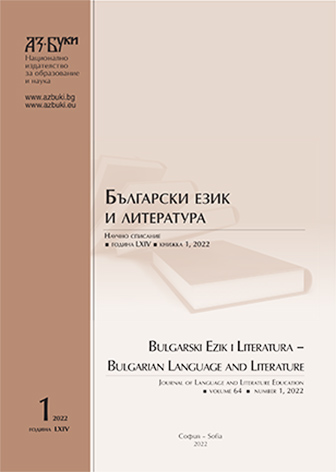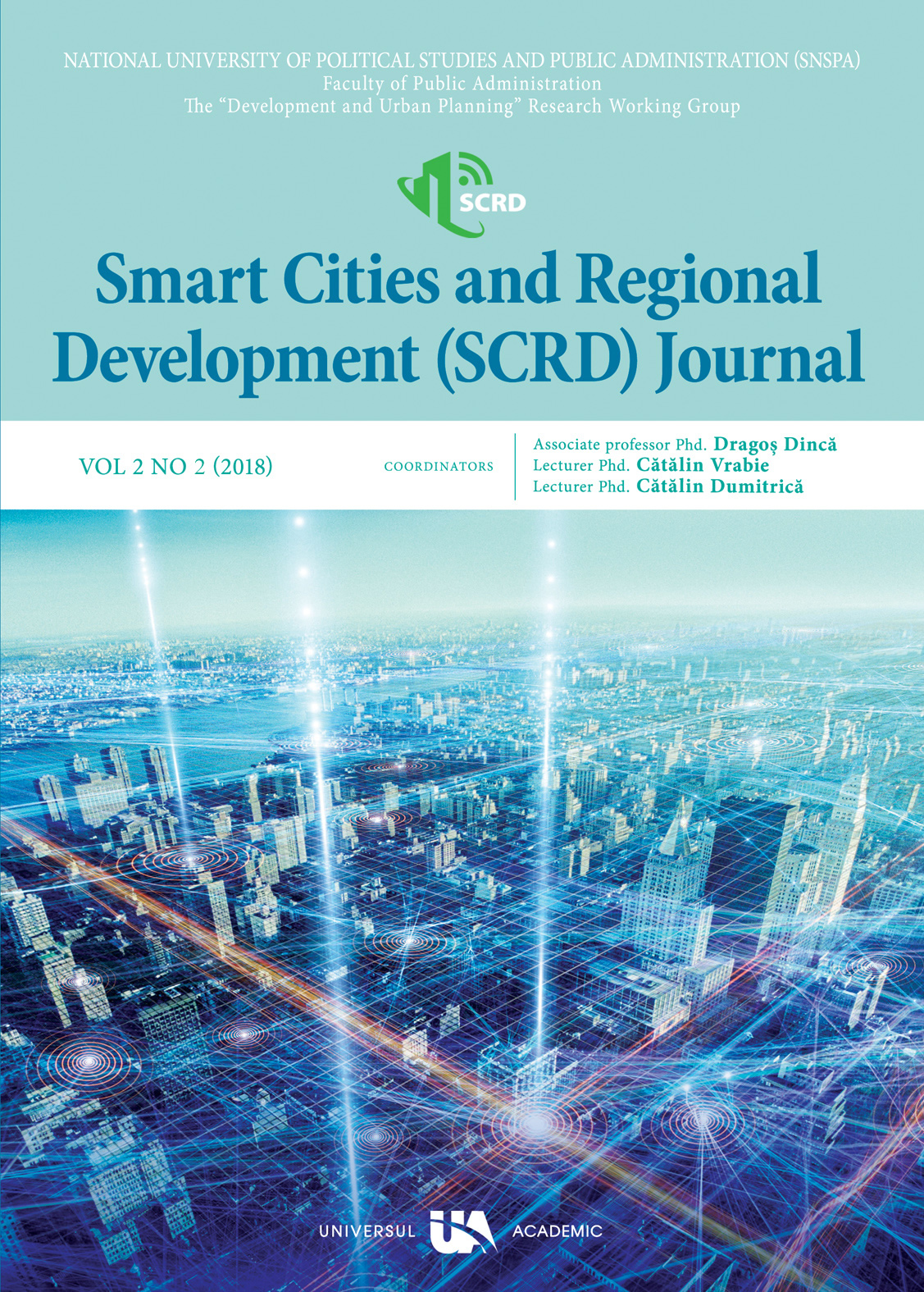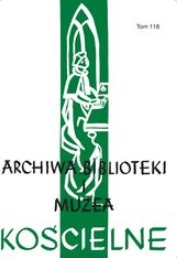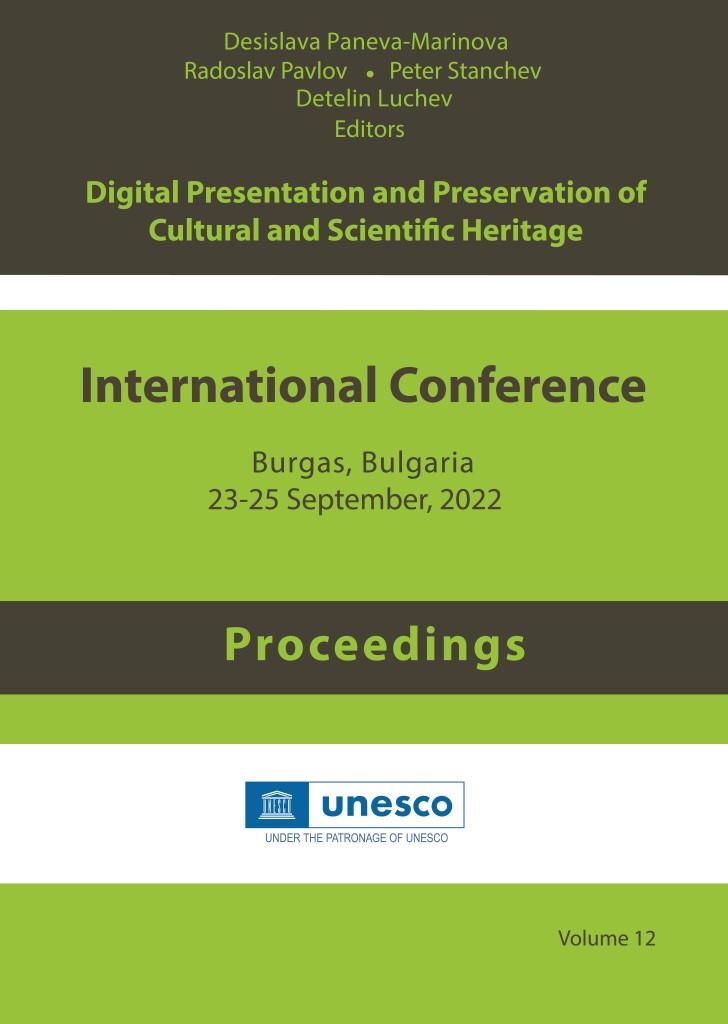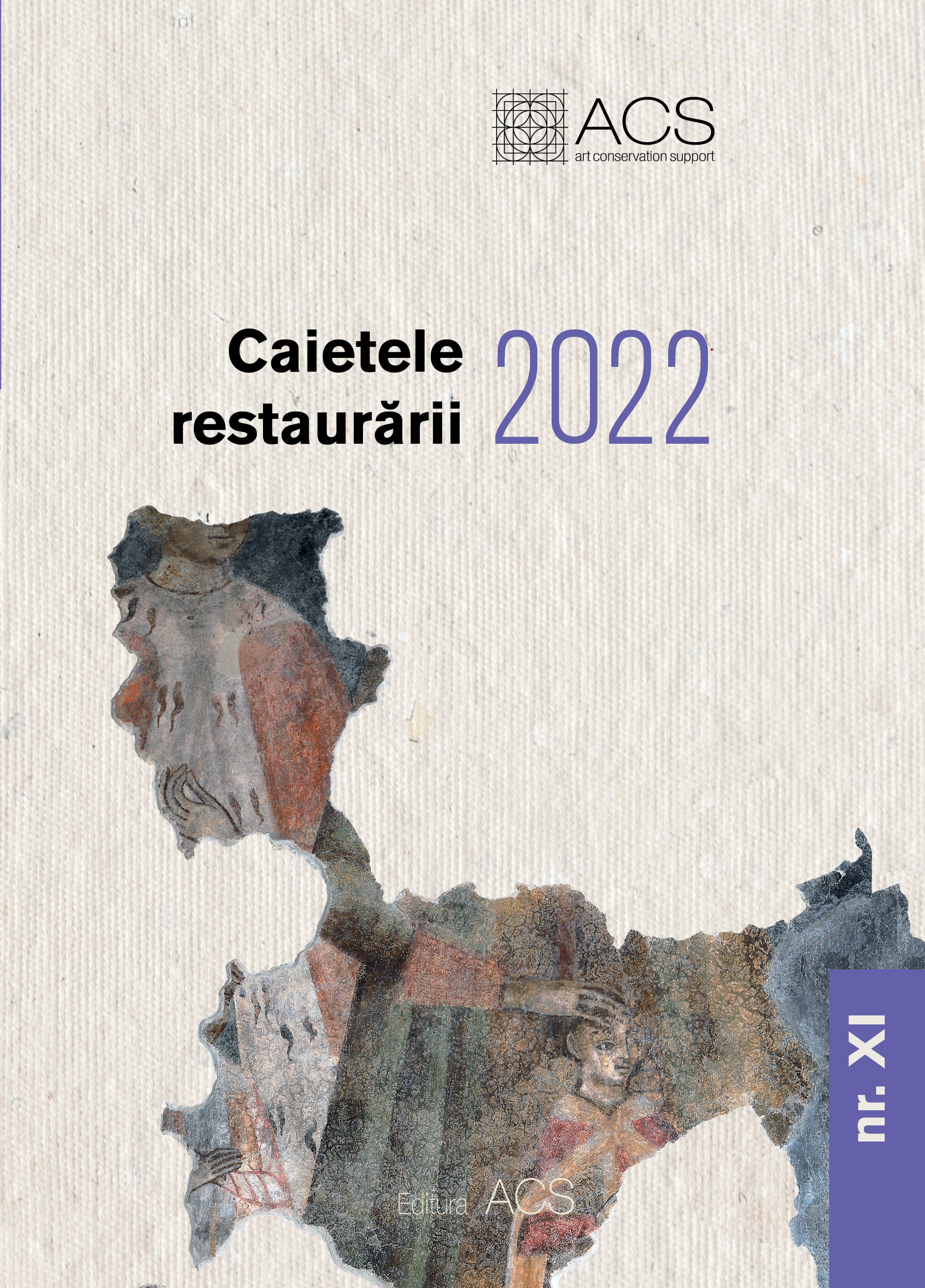Author(s): Azra Gadžo-Kasumović / Language(s): Bosnian
Issue: 49/2000
In light of the preserved documents, this paper points to the relationship of the guild organization in Bosnia with the Kiršehir tekke. Here presented are the following documents: Râzi's futuvvetnama on the basis of the transcripts from 1001 AH / 1592 AD, a pirnama and an abridged futuvvetnama of tailors and merchants from 1235 AH / 1819 AD, and a tabak šedžera (tanners genealogy) from 1067 AH / 1656 AD, which was the main statute of the ahi zaviye (central administration) and the tabak odžak (tanners association) as an exemplary model of economic and cultural organization. Based on this and similar šedžeras and some comprehensive futuvvetnamas, the ahi baba, the high representative of the zaviye, issued abridged futuvvetnamas and pimamas to various guilds in provinces. Enumerated are also many other documents, such as fermans (orders) on the competence of the aforesaid ahi baba, different kušanma defters (promotion records), guild arzuhals (submissions) etc., issued by the high representative ahi baba Sheyk Omer 1235 AH / 1819 AD to the guilds in Bosnia on the occasion of his visit. In addition, based on the knowledge of the overall system of the guild organization and the main Statute of the tabak šedžera, tabhanas-zaviyes are presented as the main coordinators in the Empire's provinces with the main zaviye as unofficially autonomous institution and the roving sheyk ahi baba - the high representative of the zaviye - the Central lodge. During his visits to the guilds in Bosnia, the ahi baba would visit the main tannery centres located in the towns of Mostar, Sarajevo, Banjaluka, Tešanj and Visoko. He would first visit the main tabhana (tannery) related to the tekke, which served as the coordinating tabhana. It is known that the tekke on Sejhova Korija, east of the Mevlevi tekke in Sarajevo, was the summer tekke of the guilds where they held ceremonial promotions, kušanma. It is also clear that the tabak tekke was a Nakshibendi tekke of Skenđer-paša Jurišić, Sultan Fatih's army leader at his conquest of Bosnia in 1463, which, according to the citation in the waqf census conducted in Bosnia in 1540, comprised two tabhanas. From the citation in the said census it is clear that the tabhana and tekke were closely connected as two important loci for the implementation of the economic and cultural model and as coordinators of the second order in provinces, while they themselves were coordinateđ from the main center by the roving high representative/seyyah şeyh ahi baba. To such a role of zaviyes and tabhanas points the same model of their organization. It is treated also in the tanners' guild main statute, the tabak šedžera from 1067, whose complete translation is presented in Bosnian. On this tabak šedžera, Abdul-Kadir Gejlanija's sheyks based their right to overlook ali guilds in the Empire. The said šedžera points to the fact that the right was transferred to sheyks of various brotherhoods lturuk-u tarikat. Based on the citation from the 1067 šedžera on the primary role of tabak odžaks and tabhanas in the project for the spread of Islamic education, and on the basis of examples of existence of tabhanas within the mosque complexes with zaviyes/zaviyeli cami, it is understood that tabhanas in fact were schools for education and training of guilds. In this respect we can talk about educational tabhanas within complexes of the mosque-zaviye or the hanikah-tabhana-imaret-musafirhana, and manufacturing tabhanas where scholars continued work without breaking ties with the zaviye as the center from which the work of the manufacturing tabhana was coordinated.
More...
